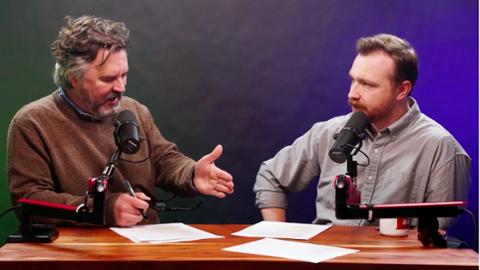Tech Connects Podcast: Taking Control of Your Job Search
"Tech Connects," Dice's podcast, digs into the tech hiring, recruiting, and career topics that matter to you. Subscribe on ACast, Spotify, Apple Pod…
How to Connect the Dice MCP Server to Your AI Assistant
What is an MCP Server? (And Why Should You Care?) If you've been using AI assistants like Claude, ChatGPT, or Gemini, you've probably hit their limits: they can…
What to Ask: Prompts for the Dice MCP Server
You've connected the Dice MCP Server to your AI assistant. Now what? Brainstorm the kind of role you are looking for. Give the AI your resume and have it search…
Dice Launches MCP Server for AI-Powered Job Search
AI has made many facets of the job search faster, but it hasn't made it easier. You can polish a resume in seconds. Recruiters can screen hundreds of applicatio…
Will Cybersecurity Budgets Increase in 2026?
Cybersecurity budgets have undergone multiple cycles of expansion and contraction over the last decade. After slow but steady increase…
Turn the AI Revolution Into Your Career Evolution
AI continues to shape the technology landscape and our day-to-day lives. Many continue to use interactive bots like ChatGPT or Google…
Sponsored
Command a Better Tech Salary with Strategic Skill Stacking
What is the difference between a DevOps Engineer and a Cloud Security DevOps Engineer? About $45,000 a year. Adding security expertise…
Sponsored
Tech’s Winning (and Losing) Jobs in 2025
The organizational shift from investing in AI to operationalizing AI is causing significant structural changes in the skills market, t…







